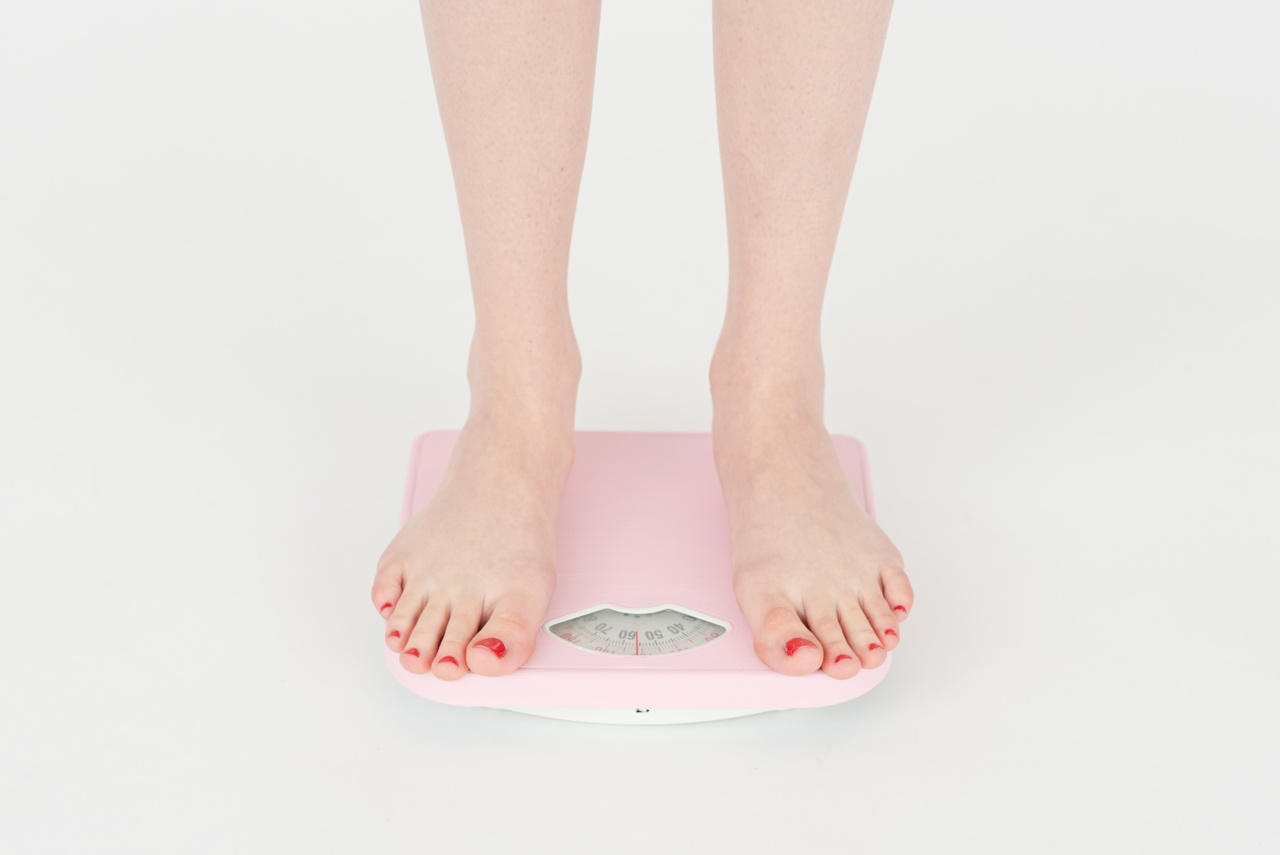A low-carb, high-protein diet has gained popularity in recent years as an effective approach to weight loss. This diet focuses on reducing the intake of carbohydrates while increasing the consumption of protein-rich foods.
By making this dietary shift, individuals can promote weight loss, improve overall health, and achieve their desired body composition.
The Basics of a Low-Carb, High-Protein Diet
A low-carb, high-protein diet primarily involves reducing the consumption of foods high in carbohydrates such as bread, pasta, rice, and sugary snacks.
Instead, individuals following this diet focus on eating foods that are high in protein, healthy fats, and non-starchy vegetables.
The Science Behind Weight Loss on a Low-Carb, High-Protein Diet
When you consume fewer carbohydrates, your body enters a state called ketosis. During ketosis, your body burns stored fat for fuel instead of relying on carbohydrates. This process can lead to significant weight loss over time.
Benefits of a Low-Carb, High-Protein Diet
1. Increased Weight Loss: Numerous studies have shown that low-carb, high-protein diets can result in greater weight loss compared to traditional low-fat diets.
2. Improved Blood Sugar Control: By reducing carbohydrate intake, individuals with diabetes or prediabetes can better manage their blood sugar levels and insulin response.
3. Reduced Hunger: Protein is known to increase satiety and reduce hunger cravings, making it easier to adhere to a low-calorie diet.
4. Increased Muscle Mass: Consuming adequate amounts of protein supports muscle growth and prevents muscle loss while losing weight.
5. Improved Heart Health: Following a low-carb, high-protein diet can lower triglyceride levels, blood pressure, and improve markers of heart health.
What to Eat on a Low-Carb, High-Protein Diet
1. Protein Sources:.
Lean meats such as chicken, turkey, beef, pork, and lamb are excellent sources of protein on a low-carb diet. Fish and seafood are also rich in protein and provide essential omega-3 fatty acids.
2. Eggs: Eggs are a versatile and nutritious source of protein. They can be enjoyed boiled, scrambled, or as an ingredient in various dishes.
3. Dairy Products: Opt for low-carb options like Greek yogurt, cottage cheese, and hard cheeses. These dairy products are low in carbs and high in protein.
4. Non-Starchy Vegetables: Include plenty of leafy greens, broccoli, cauliflower, zucchini, Brussels sprouts, and bell peppers in your diet. These vegetables are low in carbs and provide essential vitamins and minerals.
5. Healthy Fats: Incorporate sources like avocados, olive oil, coconut oil, nuts, and seeds, as they are high in healthy fats and low in carbs.
Foods to Avoid on a Low-Carb, High-Protein Diet
1. Sugary Foods and Beverages: Avoid or minimize the consumption of sugary foods and drinks like soda, fruit juice, candy, pastries, and desserts.
2. Grains and Starches: Limit or eliminate intake of bread, rice, pasta, cereal, and other grain-based foods.
3. Legumes: While they are high in fiber, legumes like beans, lentils, and chickpeas also contain a significant amount of carbohydrates.
4. High-Sugar Fruits: Reduce consumption of high-sugar fruits like bananas, grapes, and mangos. Instead, opt for lower-sugar fruits such as berries.
5. Processed and Fried Foods: These foods tend to be high in unhealthy fats, added sugars, and refined carbohydrates. Avoid fast food, packaged snacks, and deep-fried items.
Meal Planning and Sample Menu
When following a low-carb, high-protein diet, meal planning is crucial. Here is a sample menu to give you an idea of what a day on this diet might look like:.
Breakfast
Scrambled eggs with spinach and feta cheese.
Snack
Greek yogurt with a handful of mixed berries.
Lunch
Grilled chicken breast with a side salad topped with olive oil dressing.
Snack
Almonds or walnuts.
Dinner
Baked salmon with roasted asparagus and cauliflower rice.
Snack
Cottage cheese with cucumber slices.
Tips for Success
1. Stay Hydrated: Drink plenty of water throughout the day to stay hydrated and support overall health.
2. Read Food Labels: Pay attention to the nutritional content of packaged foods to ensure they fit within the low-carb guidelines.
3. Be Mindful of Portion Sizes: Even though certain foods are low in carbs, it is essential to control portion sizes to maintain a calorie deficit.
4. Get Regular Exercise: Incorporate both cardiovascular exercises and strength training to optimize weight loss and improve overall fitness.
5. Seek Professional Guidance: If you have any underlying health conditions or concerns, consult a healthcare professional or a registered dietitian before starting a new diet plan.
Conclusion
A low-carb, high-protein diet can be an effective strategy for weight loss.
By focusing on consuming protein-rich foods, limiting carbohydrates, and making healthier food choices, individuals can experience significant weight loss, improved blood sugar control, reduced hunger, and numerous other health benefits. Remember to consult a healthcare professional before making any significant changes to your diet.

























